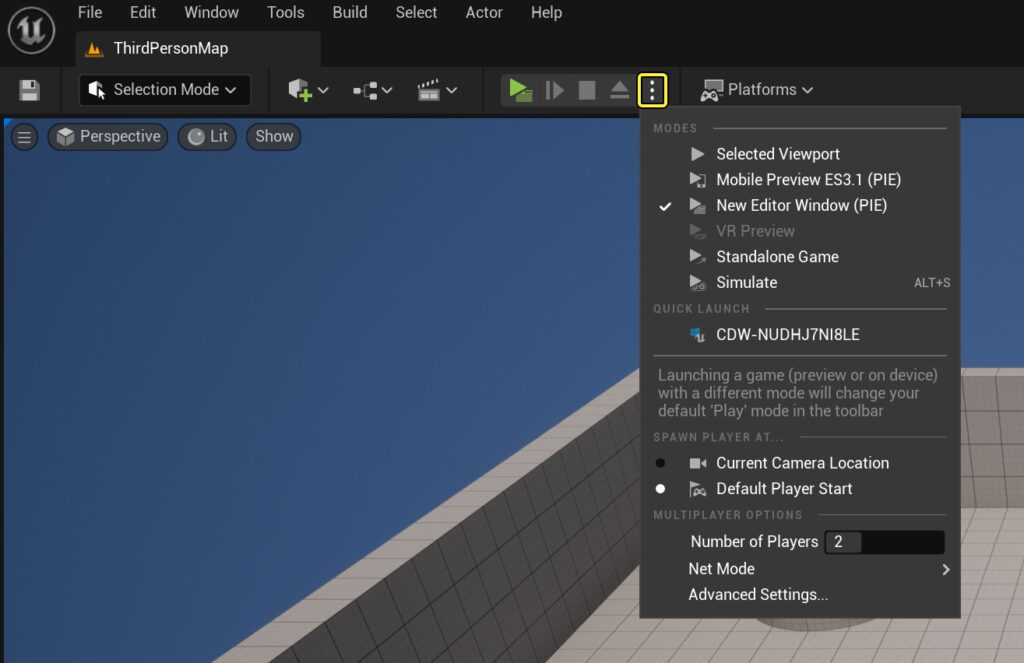Multiplayer games are gaining popularity but building them can be challenging. Networking tools are crucial for creating seamless multiplayer experiences by transmitting data between players and servers, allowing players to interact in real-time. Networking tools can manage player interactions, reduce latency, and ensure smooth gameplay. Popular networking tools include Unity Multiplayer, Photon Networking, and Mirror Networking, and choosing the right tool depends on the game’s requirements. Designing engaging gameplay mechanics, developing the game’s various systems, thorough testing, and launching the game are essential to creating a successful multiplayer game.
Introduction:
Multiplayer games have become increasingly popular over the years. Whether it be teaming up with friends to take on an adventure or battling it out in PvP arenas, the ability to connect and play with others across the world is a key feature that gives these games an edge. However, building multiplayer games can be a challenging task. Networking tools are essential for creating seamless multiplayer experiences. In this article, we will be discussing the process of building multiplayer games using networking tools.
Networking Basics:
Before delving into the specifics of building multiplayer games, it is important to understand the basics of networking. Networking refers to the technologies, techniques, and processes used to connect multiple devices and allow them to communicate with each other.
In game development, networking involves transmitting data between players and servers. This allows players to interact with each other in real-time. This is essential for creating multiplayer games.
Networking tools are used to facilitate this process. These tools make it easier to manage player interactions, reduce latency, and ensure that gameplay remains smooth even when multiple players are connected.
Choosing a Networking Tool:
When it comes to building multiplayer games, there are several networking tools available. Choosing the right tool can make all the difference in creating a smooth and enjoyable multiplayer experience.
Some popular networking tools include:
1. Unity Multiplayer: Unity Multiplayer is a popular networking tool among game developers. It offers a wide range of features that make it easier to create seamless multiplayer experiences. Some of its key features include real-time matchmaking, easy integration with other Unity tools, and support for cross-platform play.
2. Photon Networking: Photon Networking is another popular networking tool. It simplifies the process of creating multiplayer games and offers features such as built-in lobby support, matchmaking, and latency compensation.
3. Mirror Networking: Mirror Networking is a free, open-source networking solution for Unity. It offers low latency, easy-to-use APIs, and support for both authoritative and non-authoritative networking.
Depending on your game’s requirements, the networking tool you choose will vary. It is important to research and evaluate each tool before settling on one.
Designing Multiplayer Gameplay:
Once you have selected a networking tool, it is time to start designing your multiplayer gameplay. One of the most important aspects of designing multiplayer games is creating engaging gameplay mechanics that will keep players interested.
When designing your multiplayer gameplay, consider the following:
1. Game modes: Your game modes should be engaging and cater to different playstyles. This ensures that all players have a reason to keep coming back.
2. Matchmaking: Matchmaking should be quick and easy, ensuring that players can start playing as soon as possible. It should also be able to balance teams based on skill level.
3. Player progression: Player progression is essential to keep players engaged. This can include unlocking new items, levels, or abilities as they progress through the game.
Creating the Game:
With your networking tool selected and gameplay mechanics designed, it is time to start creating the game. This involves developing the game’s various systems such as player movement, interaction, and synchronization.
Creating a multiplayer game involves the following steps:
1. Setting up the server: The server is the backbone of a multiplayer game. It is responsible for handling player interactions, game logic, and synchronizing game states between clients. You can either choose to host your own server, or use a third-party provider.
2. Player movement and interaction: Next, you will need to program the player movement and interaction systems. This includes handling player input, movement, and actions.
3. Networking synchronization: Finally, you will need to synchronize game states between clients using your chosen networking tool. This ensures that all players see the same game world and can interact with each other seamlessly.
Testing and Launching the Game:
Once the game has been developed, it is important to test it thoroughly to ensure that it is free of bugs and runs smoothly. This involves testing the game’s various systems, including player movement, interaction, and synchronization.
Once the game has been tested and any bugs fixed, it is ready to be launched. You can host the game on your own server or publish it on a game hosting platform such as Steam or Itch.io.
Conclusion:
Building multiplayer games with networking tools can be a challenging task, but it is essential for creating seamless multiplayer experiences. Choosing the right networking tool is important, as it can make all the difference in creating a smooth and enjoyable multiplayer experience. Designing engaging gameplay mechanics, creating the game’s various systems, and thorough testing are also essential to building a successful multiplayer game. By following these steps, you can create a multiplayer game that is fun, engaging, and thoroughly enjoyable.
